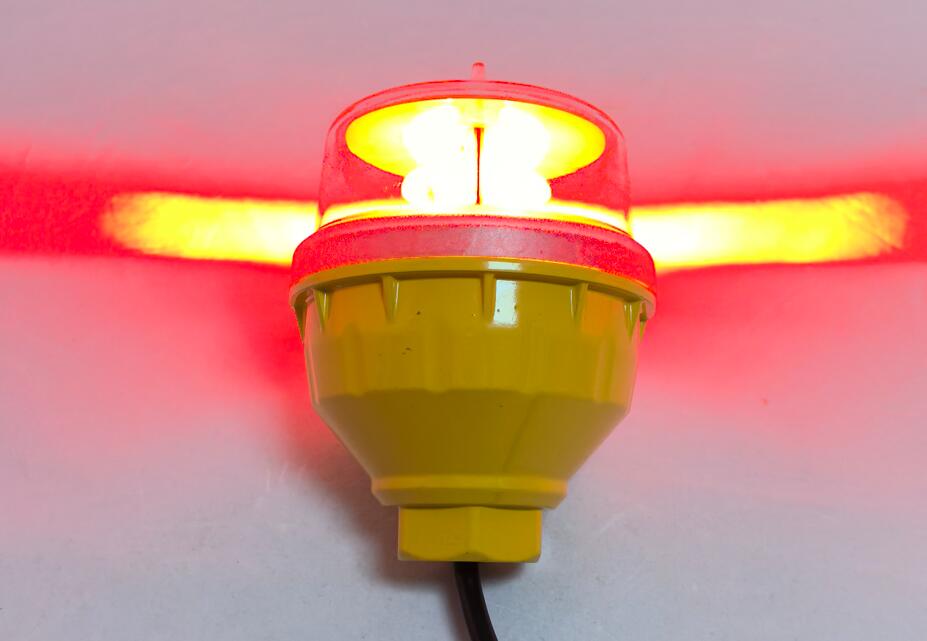L-810 Light: The Critical Safeguard for Low-Altitude Aviation Safety
In the complex ecosystem of aviation safety systems, the L-810 light serves as an essential visual marker for low-altitude obstructions. These red beacon systems fulfill a vital role in protecting airspace by ensuring structures below 150 feet remain clearly visible to aircraft pilots. This comprehensive guide explores the technical specifications, regulatory framework, installation best practices, and emerging technologies surrounding L-810 light systems.
Understanding L-810 Light Specifications
Key Performance Characteristics
Height Application: Designed exclusively for structures under 150 feet (45 meters)

Light Output: Minimum intensity of 32.5 candela
Color Specification: FAA-compliant red chromaticity coordinates
Flash Patterns: Steady-burning or flashing options available
| l 810 light |
Coverage: 360-degree horizontal light distribution
Compliance Standards
The L-810 light must meet stringent requirements outlined in:
FAA Advisory Circular 70/7460-1L
ICAO Annex 14 (for international applications)
Local aviation authority regulations
Primary Applications
Urban Infrastructure Protection
Low-rise commercial buildings
Parking structures
Construction equipment
Temporary event venues
Communication Infrastructure
Cellular antenna towers
Radio transmission equipment
Microwave relay stations
Transportation Safety
Bridge components
Highway signage supports
Railway signal structures
Technological Advancements
LED Revolution
Modern L-810 light systems now feature:
80-90% energy savings versus traditional lighting
50,000+ hour operational lifespan
Instant activation with no warm-up period
Enhanced visibility in adverse weather conditions
Smart System Integration
Automatic daylight sensors
Remote monitoring capabilities
Predictive maintenance alerts
Wireless control options
Environmental Durability
IP66/67 waterproof ratings
UV-resistant polycarbonate lenses
Corrosion-proof aluminum housings
Wide temperature tolerance (-40°F to +160°F)
Installation Best Practices
Optimal Positioning
Mounted at highest point of structure
Clear of any obstructions
Properly grounded for electrical safety
Correct angular alignment for maximum visibility
Mounting Solutions
Side-mount brackets
Top-mounted configurations
Guy wire installations
Temporary clamp-on options
Maintenance Protocols
Quarterly visual inspections
Annual photometric verification
Regular lens cleaning
Component stress testing
Comparative Advantages
Versus Unmarked Structures
92% reduction in near-miss incidents (FAA data)
Full regulatory compliance
Enhanced liability protection
Improved community safety
Versus Higher-Intensity Systems
Lower energy requirements
Reduced light pollution
Minimal maintenance needs
Cost-effective operation
Emerging Industry Trends
Sustainable Solutions
Solar-powered options
Battery backup systems
Energy harvesting technologies
Advanced Materials
Graphene-enhanced components
Self-cleaning optical surfaces
Vibration-resistant mounts
Regulatory Developments
Potential intensity requirement updates
New synchronization standards
Enhanced wildlife protection measures
The L-810 light remains an indispensable component of comprehensive aviation safety systems, providing reliable low-altitude obstruction marking with ever-improving technological capabilities. As urban development continues vertically and air traffic patterns grow more complex, these lighting systems will maintain their critical role in collision prevention while adapting to new environmental and regulatory requirements.
Future advancements in L-810 light technology will likely focus on smarter, more sustainable solutions that balance safety imperatives with energy efficiency and environmental considerations. By properly implementing and maintaining these systems, structure owners and operators make significant contributions to safer skies for all airspace users. The ongoing evolution of L-810 light standards and technologies ensures they will continue meeting the challenges of modern aviation safety for decades to come.
